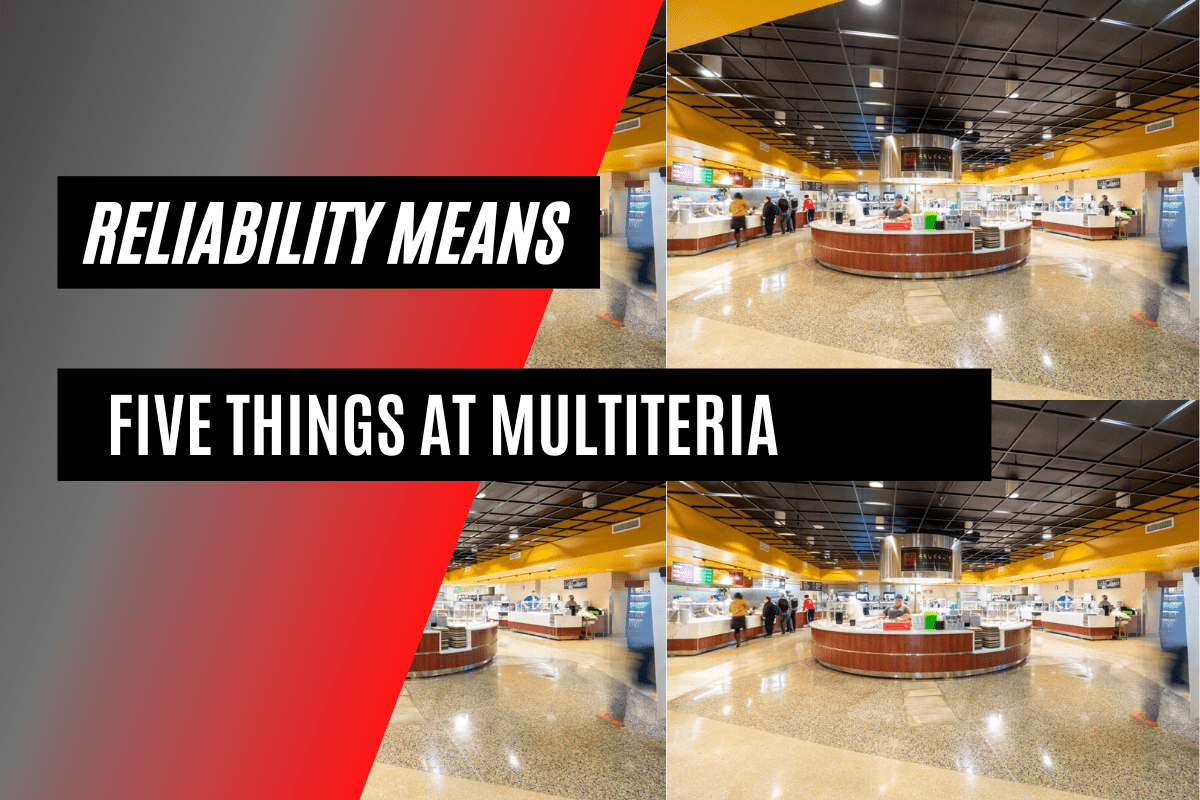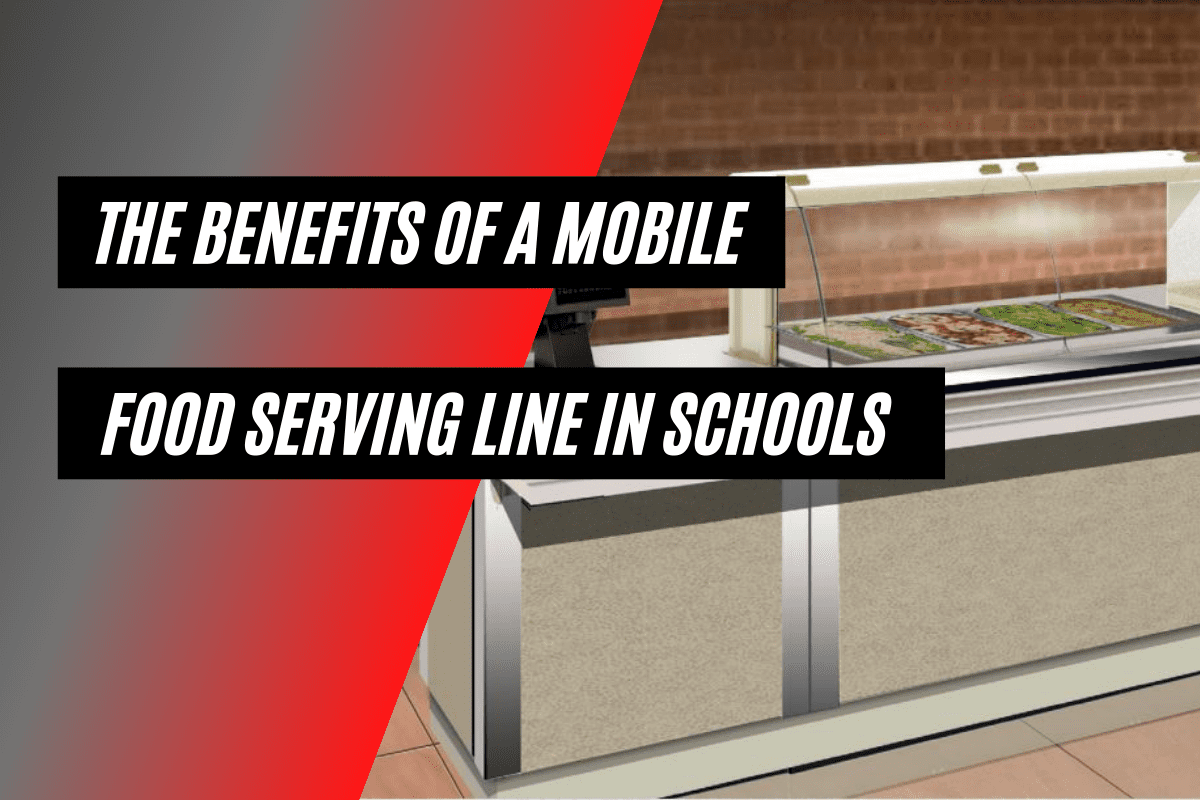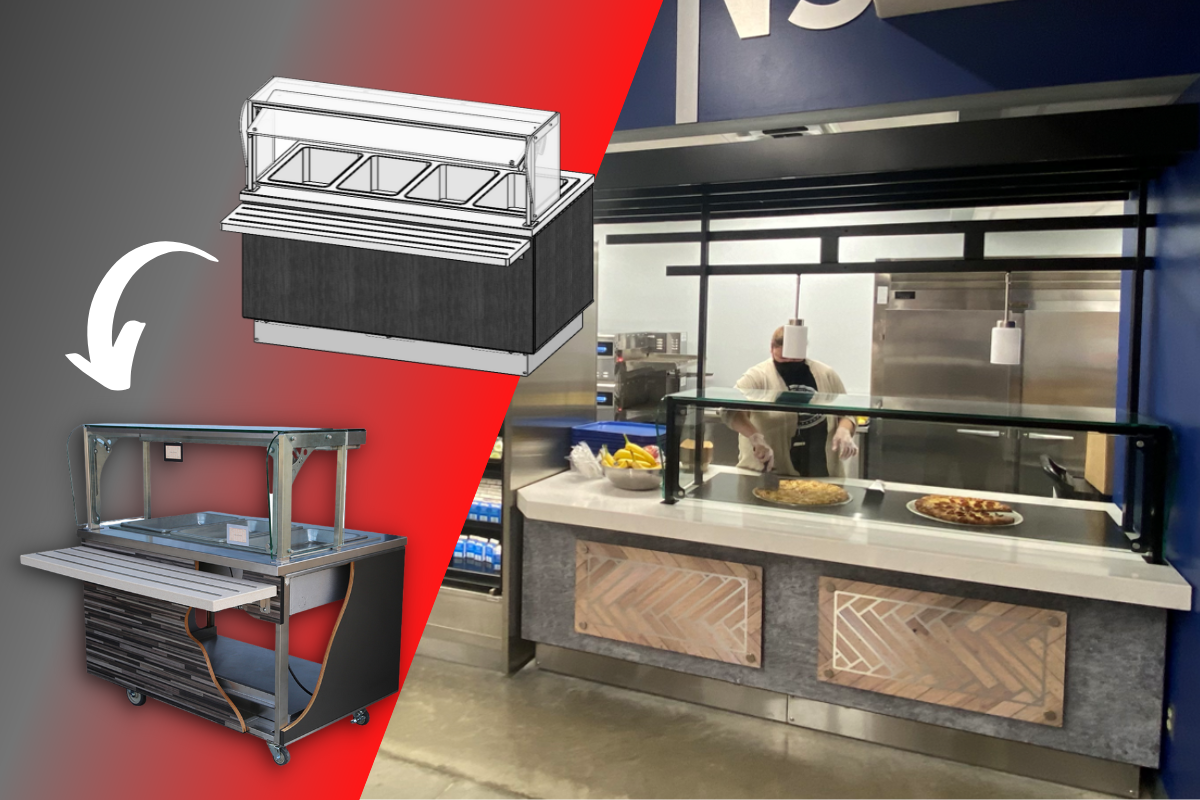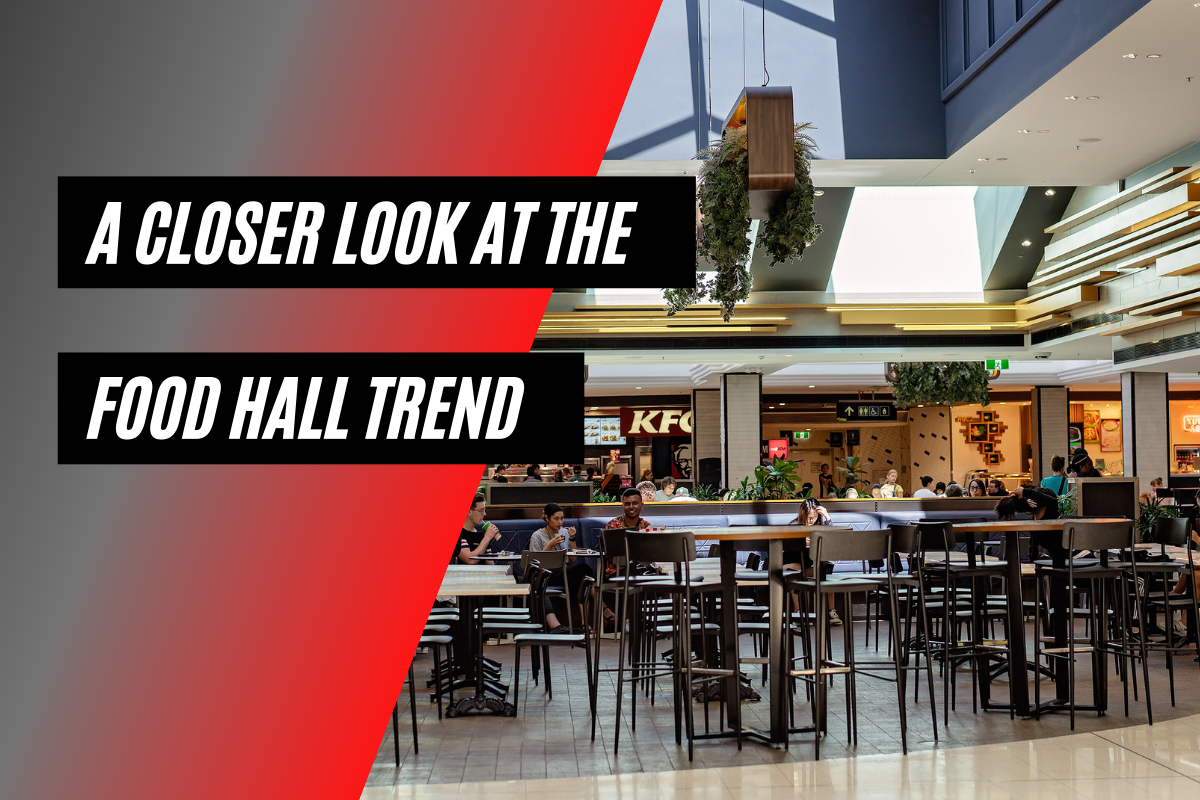As a result of the planning that’s happening across the country, many school nutrition programs are considering solutions that might help provide some versatility and safety for serving students in the COVID era.
Parents across the country are terrified. While there’s a lot of uncertainty out there today in a hyper-charged world, the thing that most impacts parents are the closures of schools. And even today, months after our initial stay-at-home orders went into effect, many school districts still don’t know what things will look like in 2020-21.
Guess what? Neither do school nutrition directors who are in charge of feeding our kids.
This means a lot of uncertainty. It means planning for a wide variety of foodservice situations, often on the same day and in the same school. It means flexibility. And most importantly, it means safety.
As a result of the planning that’s happening across the country, many school nutrition programs are considering solutions that might help provide some of that versatility and safety. And in our research here at Lakeside, we decided on three important pieces of foodservice equipment and supplies that school nutrition directors should consider in a post (and during) COVID era.
In Classroom Service: Foodservice Delivery Carts
One of the trends we’re likely going to see is a migration away from traditional school lunchrooms. Dining locations are often crowded and will decrease the distances students are able to keep from one another. As a result, many districts are talking about in-classroom dining, which would limit student exposure to only those they’re already in the classroom with on an hour-by-hour basis.
This type of service could involve the transport of foods from the cooking and dining areas directly to the classrooms. Delivery carts that will not only preserve food safety but also preserve food quality are important factors in continuing student participation in school lunch programs.
Making Lunchrooms Safer: Barriers & Traffic Rails
Some school districts will continue to provide lunch service inside the cafeteria, but they’ll take precautions in making service as safe as possible. Lines are often part of the school lunch experience, so figuring out ways to create safe distances or provide safety when those distances are not possible will be critical.
Snaking lines have the potential to increase the spread of a virus, so when those lines cannot be readjusted, barriers and traffic rails can help. With plexiglass panels that stretch from the floor to significant heights, students can be in close proximity while still remaining safe.
Making Food Safer: Food Shields
Lastly, we have school nutrition programs that will pretty much return to normal at some point in the 2020-21 school year. Whether it happens right away in the fall or next spring, it’s safe to say at least some of our school lunchrooms will resemble what they did in 2019. Even though things may look normal, there are still precautions that need to be considered.
Protecting food is one of the most basic elements of safety in the post-COVID era. How can we keep potential harmful particles off our food? By providing food shields that will catch droplets before they land on places where they can become safety hazards — like in our salad bars and on our utensils.
Hope for the Best, Plan for the Worst, Prepare for Everything
The bottom line is we’re still weeks if not months away from what things might look like when school returns to session. That makes this the perfect time to consider all the foodservice options, as well as the things required to enact them.
If you’re looking for some tips and ideas as you consider school foodservice during the 2020-21 school year, be sure to check out our K-12 Foodservice Brochure to get some new suggestions.
Check out the full K12 COVID Solutions Guide!
Looking for even more? Take a listen-or download-our K12 COVID Solutions webinar.




